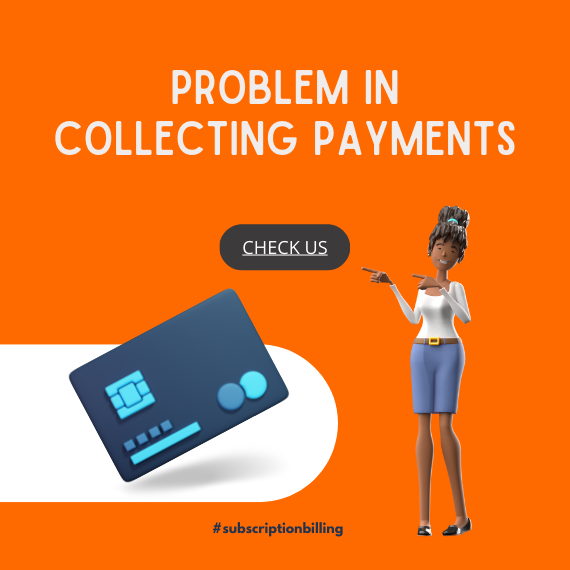Collecting payments: Problems you face and how to overcome them

How you accept payments from your customers probably isn’t an area you spent a lot of time researching. But businesses that don’t optimise their method of accepting payment commonly create these ongoing problems for themselves:
1. Additional admin and wasted time
By not automating parts of the payment process that are easily automated. Globally, the average small business spends 4.9 hours per month on payment reconciliation – a task that can be easily automated.
2. Avoidable churn (losing members)
From members who pay you via card - which expire, or can be lost or stolen. Research from Forrester and GoCardless determined that, on average, failed payments result in churn 11%-15% of the time.
3. Poor member experience
By requiring your members to pay you with a non-preferred payment method. And it may surprise you which payment methods your members truly prefer to pay with.
In the best case, these issues are frustrating or upsetting. And in the worst case, they can stop business growth entirely, or drive you to insolvency.
But you can solve them. All it takes is exploring which payment method is best for your business.
How to optimise your payments
When it comes to collecting payment from your customers, there are several online payment options available to you, other than manual bank transfers:
-
Direct Debit
-
Instant bank payments (using open banking)
-
Credit or debit cards
-
Digital wallets
The table below explores the pros and cons of each of these methods, to help you pick what’s right for you.
|
Payment method |
Pros |
Cons |
|
Manual bank transfers |
|
|
|
Direct Debit (using our payments partner GoCardless) |
|
|
|
Instant bank payments (using open banking) |
|
|
|
Credit or debit cards |
|
failing
|
|
Digital wallets (e.g. PayPal) |
|
|
Optimise your payments today
Churn, poor member experience, and the time you spend on payments admin, aren’t one-time problems. They reoccur every billing cycle. The sooner you address the real cause of these problems – by choosing the right payment method to offer your customers – the greater the benefit you’ll get.
MYFUNDBOX Subscription Billing connects with several major payment platforms, including:
-
GoCardless (for Direct Debit and instant bank payments)
- Mollie
Click through to learn more about how each platform works, and how you can get started using them.


